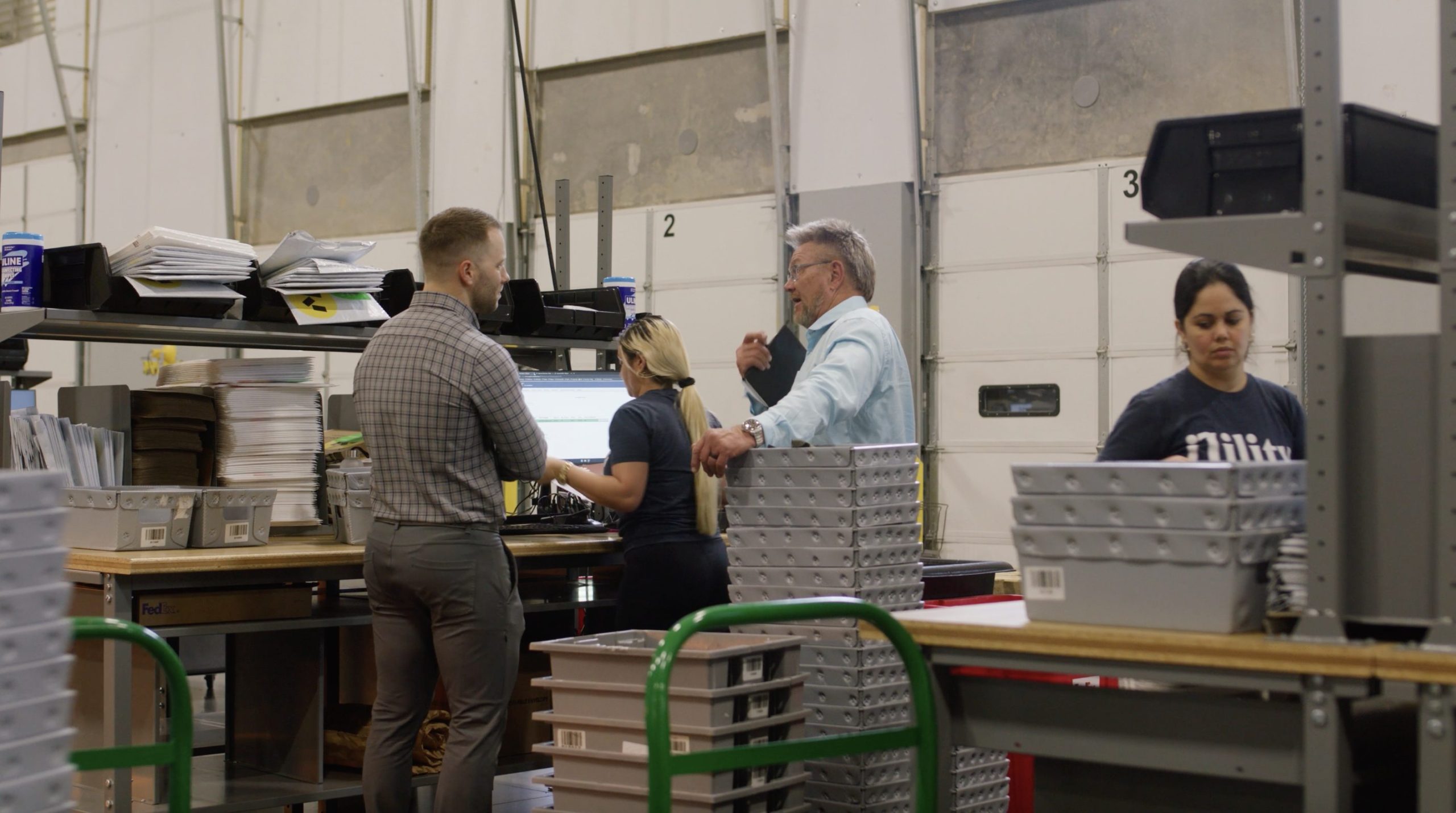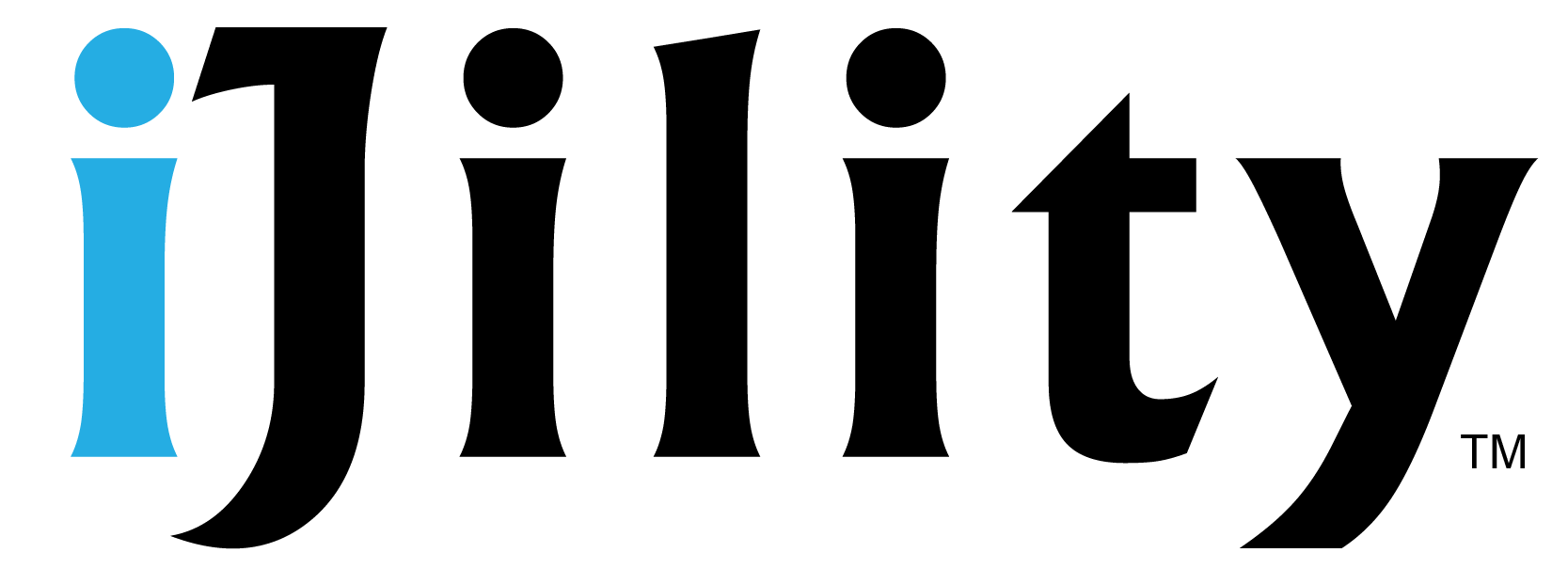
The global supply chain has faced unprecedented disruptions in recent years, and 2025 is shaping up to be no different. With ongoing economic fluctuations, geopolitical tensions, labor shortages, and evolving consumer expectations, businesses must prepare for a new wave of challenges that threaten efficiency, cost management, and overall operational stability. This article explores key supply chain challenges in 2025 and how businesses can proactively mitigate risks.
Continued Labor Shortages and Workforce Instability
One of the biggest concerns for supply chain operations in 2025 remains the ongoing labor shortage. Industries such as manufacturing, warehousing, and logistics continue to struggle with high turnover rates and difficulty in attracting skilled labor. The workforce has become increasingly selective, expecting better wages, benefits, and work-life balance, leading to operational delays and increased costs.
How to Address It:
- Invest in workforce automation where feasible to reduce dependency on manual labor.
- Develop robust training and retention programs to improve workforce stability.
- Partner with workforce solutions providers who specialize in scalable and customized labor strategies.
Rising Transportation and Logistics Costs
Shipping rates, fuel costs, and driver shortages continue to drive up transportation expenses. Global supply chain disruptions, including port congestion and container shortages, further compound these issues. Companies are under pressure to maintain cost efficiency while ensuring timely deliveries.
How to Address It:
- Diversify suppliers and logistics partners to minimize risks associated with regional disruptions.
- Utilize predictive analytics to optimize inventory placement and reduce unnecessary freight costs.
- Explore alternative transportation methods, such as rail and intermodal shipping, to balance cost and speed.
Geopolitical Uncertainty and Trade Regulations
The shifting global trade landscape, fueled by political conflicts, sanctions, and evolving tariffs, adds another layer of complexity to supply chains. In 2025, businesses must stay vigilant about new regulations that could impact sourcing and distribution strategies.
How to Address It:
- Stay informed on international trade agreements and regulatory changes to anticipate potential disruptions.
- Strengthen relationships with diverse suppliers to reduce reliance on a single market or region.
- Implement flexible sourcing strategies that allow for rapid pivots when necessary.
Sustainability and ESG Compliance
Sustainability is no longer a nice-to-have—it’s a requirement. Consumers, investors, and regulatory bodies demand greater transparency in how companies manage environmental, social, and governance (ESG) issues. Supply chain leaders must navigate new compliance standards while maintaining profitability.
How to Address It:
- Incorporate circular economy practices, such as recycling and reusing materials, into supply chain operations.
- Partner with eco-friendly suppliers and invest in sustainable packaging.
- Use data analytics to track emissions and waste reduction efforts to comply with ESG reporting requirements.
Digital Transformation and Cybersecurity Risks
While digital tools have improved supply chain efficiency, they have also increased vulnerabilities. Cyberattacks on logistics networks, data breaches, and system failures pose major risks to operational continuity.
How to Address It:
- Implement strong cybersecurity protocols, including multi-factor authentication and end-to-end encryption.
- Regularly update supply chain management software to reduce exposure to security threats.
- Train employees on best practices for cybersecurity to prevent breaches caused by human error.
Inventory Management and Demand Forecasting Challenges
The unpredictability of consumer demand, coupled with supply chain disruptions, makes inventory management a constant struggle. Overstocks tie up capital, while stockouts lead to lost sales and frustrated customers.
How to Address It:
- Leverage AI-driven demand forecasting tools to predict shifts in consumer behavior.
- Adopt a just-in-time inventory strategy where feasible to reduce holding costs.
- Enhance supplier collaboration to improve lead time visibility and adaptability.
How iJility Can Help
Navigating the supply chain challenges of 2025 requires a proactive, flexible workforce strategy. iJility specializes in providing custom workforce solutions that help businesses stabilize operations, reduce labor costs, and maintain high productivity levels. By offering consistent, long-term workforce solutions rather than temporary staffing, iJility ensures that companies have the skilled labor necessary to handle fluctuations in demand, improve efficiency, and adapt to market changes.
Don’t let supply chain disruptions hold your business back. Book a discovery call with iJility today to learn how a tailored workforce strategy can keep your supply chain running smoothly in 2025 and beyond.
Author: Jessica Smith


